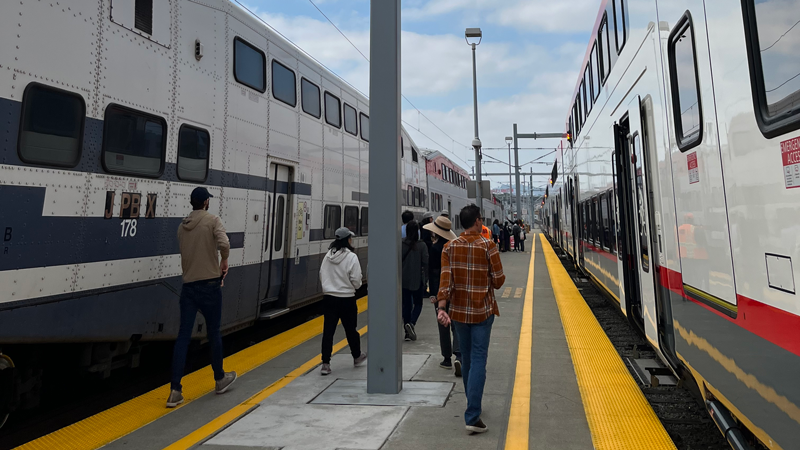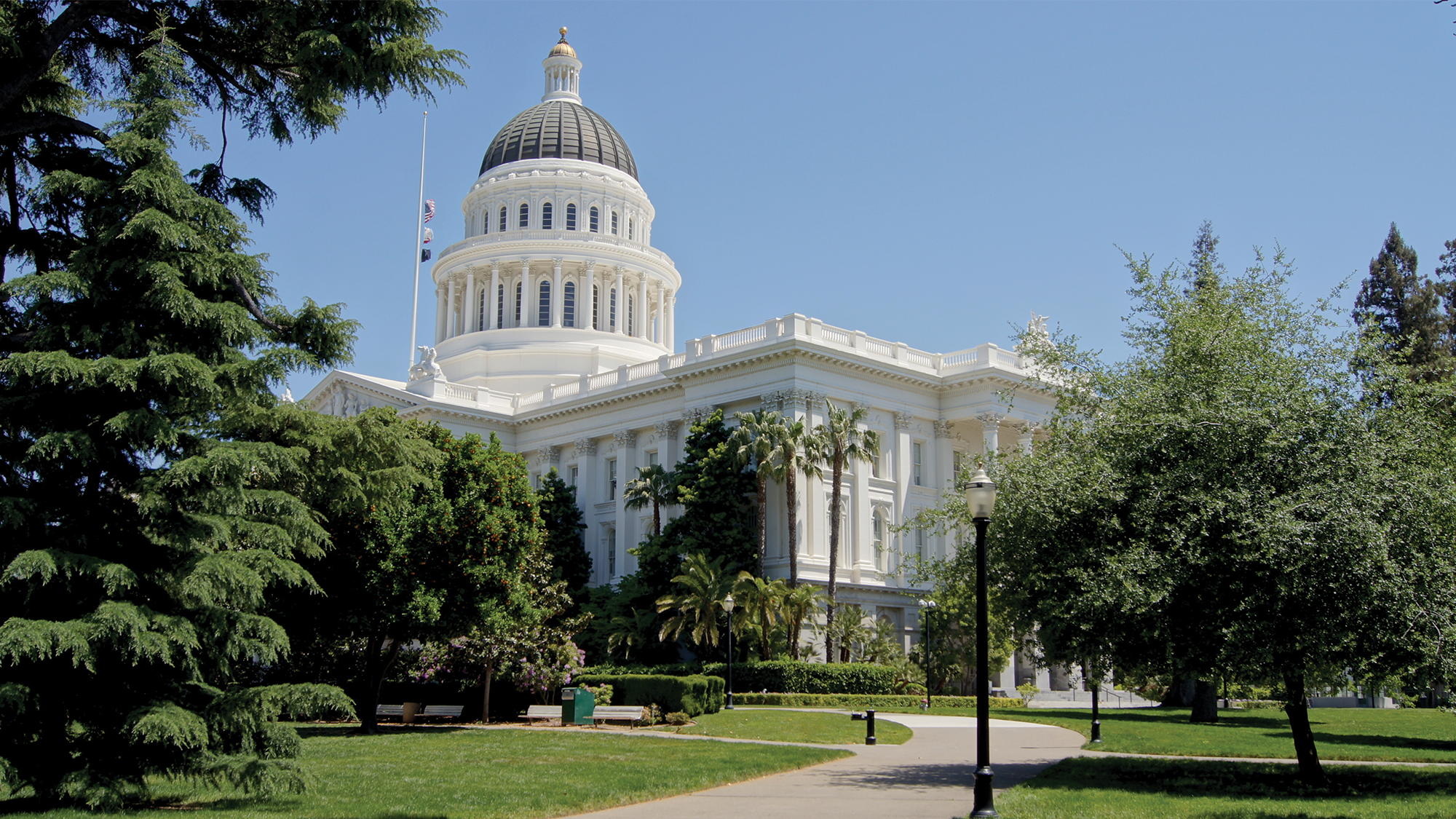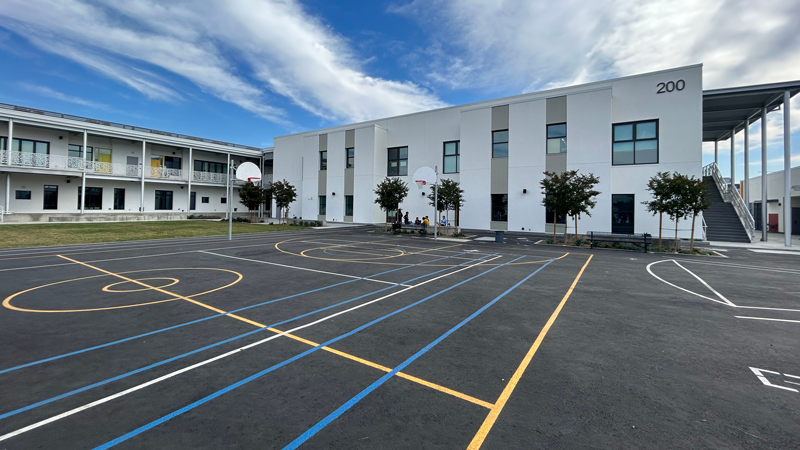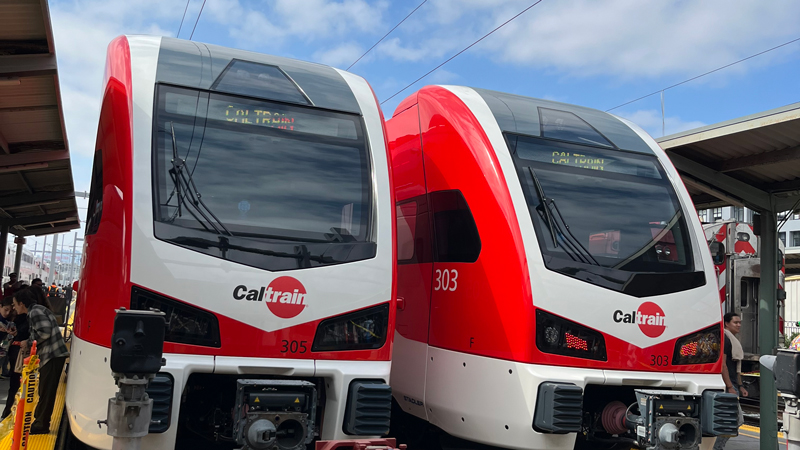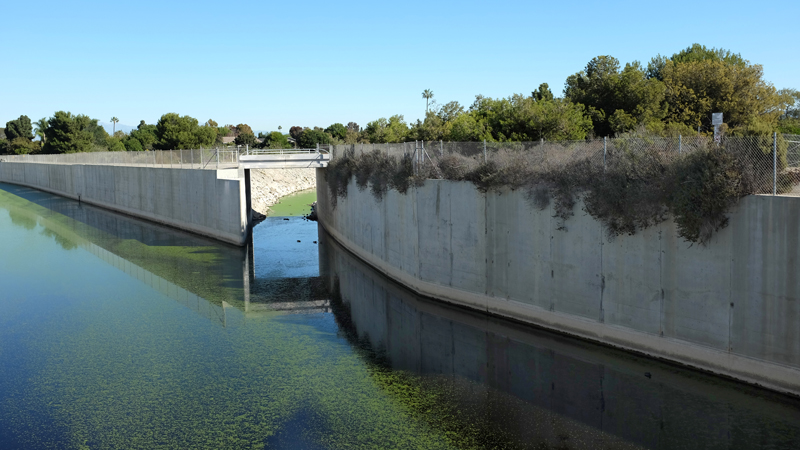Blogpost
4.9 minute read
June 10, 2024
Harris staff recently had the privilege of participating in the ACES: The Society for Editing’s 28th Annual National Conference in San Diego, California. Attendees delved deep into a wide array of topics crucial to the editing profession, including exploring the integration of AI and other advanced technologies into editing and content development workflows, utilizing cutting-edge tools for fact-checking and managing editorial projects, mastering best practices for editing content tailored to public audiences, and showcasing the improvements editors bring to their work products.
Among the wealth of knowledge shared, sessions on content accessibility were particularly noteworthy. In keeping with Harris’ Shared Value to Think and Act Inclusively, we have outlined some of the key takeaways from these insightful discussions.
What is Accessibility?
According to the World Wide Web Consortium (W3C), accessibility is the removing of barriers so those with disabilities can perceive, understand, navigate, participate, and contribute.
Regarding content development, accessibility refers to designing and formatting documents, communications (including social media, images/graphics, maps, and videos), and websites in ways that ensure they are easily accessed, understood, and navigated by all, including those with auditory, cognitive, neurological, physical, speech, and visual disabilities.
Why Should You Make Your Content Accessible?
It’s the right thing to do: Most of the content we produce at Harris is for the public, such as environmental impact reports, initial studies/mitigated negative declarations, technical reports, engineering reports and plans, climate action and adaptation plans, and general plan housing and environmental justice elements. That means that we are responsible for ensuring that all members of the community, no matter their ability, can access, understand, and navigate these documents.
You comply with accessibility laws: Federal public agencies must comply with the Americans with Disabilities Act and Section 508 of the Rehabilitation Act, and state public agencies must comply with California Assembly Bill 434. Although private entities are not required to comply with this legislation (unless they do business with a federal agency or receive federal funding), failing to make content accessible may result in legal consequences, such as someone claiming you intentionally made content inaccessible.
You expand your organization’s reach: By making content accessible, you expand your potential audience (over 4 million Californians have a disability) and improve your company’s search engine optimization (one study showed a 73.4% increase in organic traffic). That means more traffic to your website and more business!
How Can You Make Sure Your Content is Accessible?
Plan for accessibility from the start. Ensure your content is user-friendly and equitable by integrating accessibility at the start of content development instead of at the end. Doing this not only increases the positive impact of designing for a broader audience but also decreases content development costs.
Adhere to standards. Follow the International Organization for Standardization’s Plain Language Guidelines, W3C Web Content Accessibility Guidelines (WCAG), and Section 508 standards to make your content clear and understandable. This is especially important in technical fields, such as engineering and environmental planning and compliance, where information can be dense and complex.
Incorporate accessibility features, such as the following:
- Text wrapping. Enable text wrapping so those with low vision or limited dexterity can review the content more easily.
- Captions and alt text. Provide captions for videos and meetings/presentations so those with hearing impairments or have auditory processing issues can participate and understand, and include alternative text (alt text) for graphics so those using screen readers or other assistive technology get a description of the graphics.
- Colorblind-friendly design elements. For maps, graphs, charts, and other graphics, use color blind-friendly design elements, such as crosshatching or other visual textures, instead of only color to differentiate items so those with color blindness can distinguish the differences, which they may not see if the elements are differentiated by color alone.
- Clear navigation. Avoid vague instructions like “click here” or “see above/below” since those with low or no vision cannot see what is “here” or “above/below.” Instead, use descriptive hyperlink phrases and numbered headings and lists for straightforward navigation, especially for those using screen readers or other assistive technology. Also, insert tables directly into the content instead of as images so screen readers or other assistive technology can read the table for users.
- Tolerance for error. Include a tolerance for error, which means that the content is designed in a way that minimizes adverse consequences of accidental or unintended actions. For example, including a larger buffer around a clickable button so users with limited dexterity can click within that buffer instead of directly in the center of the button to access the hyperlinked information.
- Accessible font and size. Use sans-serif fonts, such as Aptos, Tahoma, and Verdana, and a minimum font size of 12 point to improve readability.
- Tagging. Tags identify the content type and logical structure, such as headings, lists, and tables, increasing navigation. Make sure to tag text boxes and images so screen readers or other assistive technology can provide context to users.
Use accessibility tools. Use tools designed to check and improve accessibility, such as the following:
- Microsoft and Adobe offer built-in Accessibility Checkers and Optical Character Recognition (OCR) to convert images of text into editable and searchable content.
- CommonLook ensures PDFs meet accessibility standards.
- Web Accessibility in Mind (Web AIM)’s Color Contrast Analyzer helps you choose distinguishable text and background colors.
- The Web Accessibility Evaluation Tool (WAVE) evaluates web content for accessibility issues.
Test and refine. Always test your files with various accessibility tools to confirm they meet the required standards.
Our Ultimate Goal: Quality Deliverables for All
At Harris, we’re committed to the highest quality in our deliverables for everyone. We look forward to using these strategies to continue serving our clients and communities.

